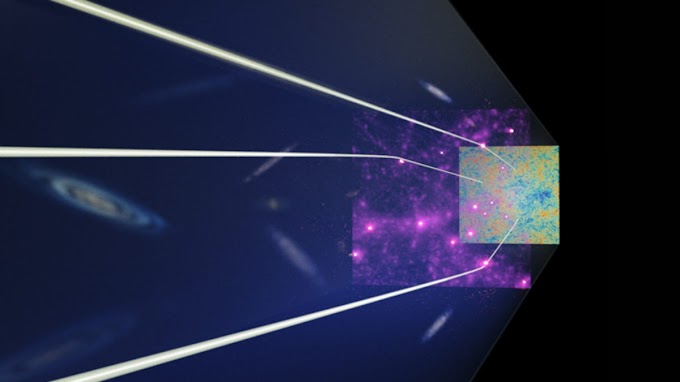NASA's James Webb Space Telescope ( JWST ) spotted a Supernova twice in five days . JWST was not designed for such discoveries . Now Astronauts are hoping to use it for further such missions . The discovery is too much surprising , as it was not designed to do so .
 |
| Supernova founded by JWST . Credit : NASA |
Highlighted In This Article :–
- JWST spotted the Supernova twice in five days .
- JWST was not designed for such discoveries .
- Astronomers now hope it can be used for further such missions .
Just only four days ago, James Webb Space Telescope ( JWST ) broke its own record for the most distant Galaxy ever observed . This week, a new analysis of JWST's data revealed about a Galaxy, existed 235 million years after the Big-Bang . Untill this discovery scientists had only knew about a Galaxy, existed 400 million years after the Big-Bang .
JWST spotted Supernova for the First Time
JWST has started to Reshaping Astrophysics in just three weeks in Outer Space . Now, this may have spotted its First Supernova .
“We suspect it's a Supernova,” — Mike Engesser , Astronaut of Space Telescope Science Institute ( STScI ) .
Also Read :: Just Only Two Weeks in The Space : Webb Telescope is Reshaping Astrophysics
This Supernova discovery is more tantalizing because JWST was not built for such finds . The Galaxy, where the Supernova is located, discovered by JWST is called SDSS.J141930.11+5251593 . The Supernova was spotted twice, in five days . JWST found that the Supernova is dimming, just slightly, over that time . This is considered typical behaviour of a Supernova .
 |
| JWST Source : dima_zel/iStock |
JWST is not Designed for Such Discoveries
Primarily it's too much exciting because scientists have shown that they're able to find and detect new transients with Webb , which is something that JWST is not designed to do . Finding celestial objects like Supernova is usually done by Ground Telescopes . But this discovery showcases JWST's unique versatility and power . This new discovery is particularly exceptional as JWST looks only at the small strip of the sky compared to the Ground Telescopes .
 |
| A supernova in action . Credit : cokada/iStock |
Supernovae, fade over a few months by their very nature . It is why Astronomers don't usually get to see their much later stages . These stages are more crucial to scientists, who are trying to figure out more about what type of stars exploded , along with the Stellar Explosion Physics .










